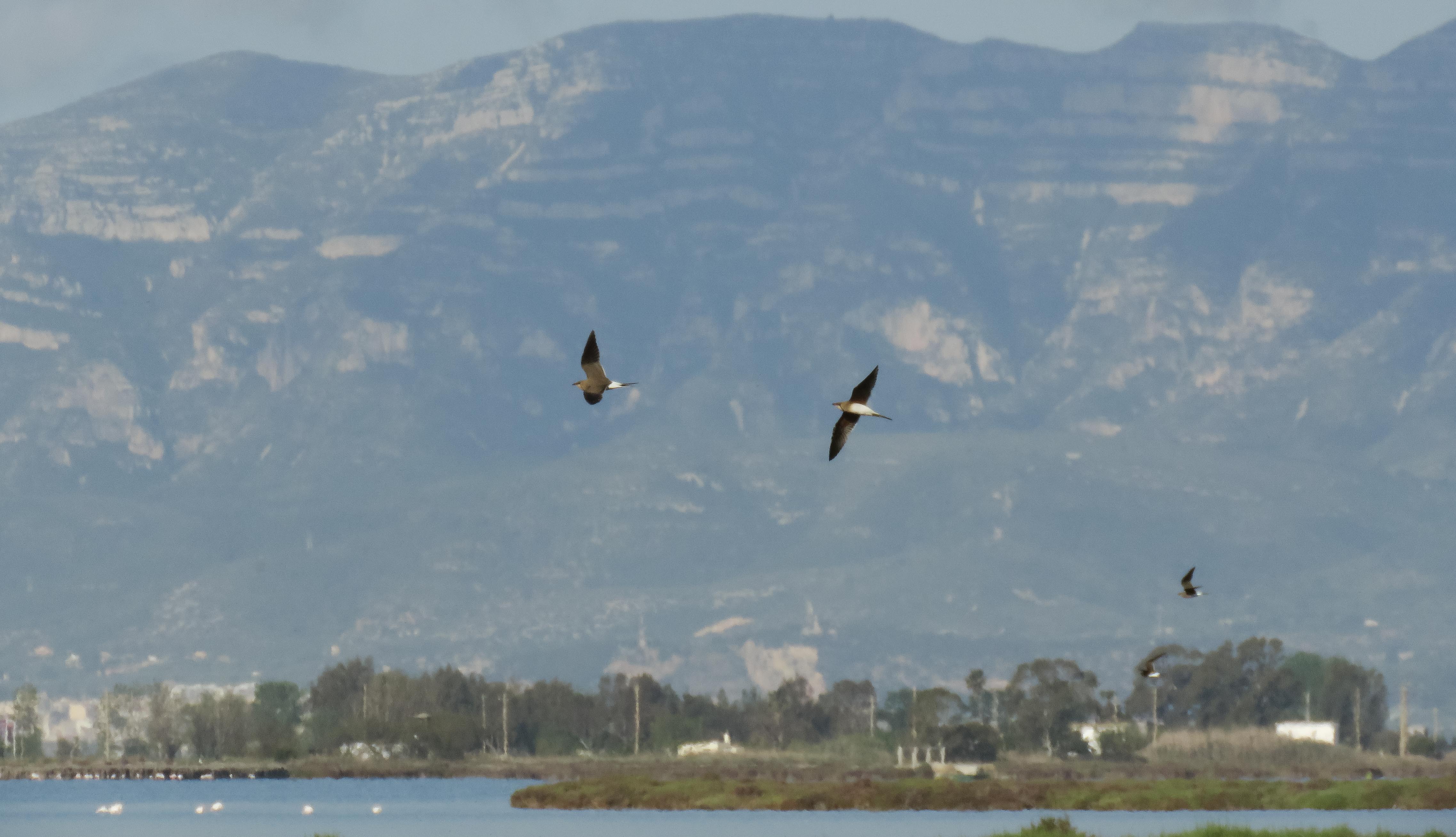Drizzly rain from dawn soon cleared to leave a cool and increasingly breezy day that produced my first Common Sandpiper and Greenshank of the year, a similar selection of passerine migrants to the last two days, improved views of the Common Buzzard and an evening summer-plumaged White-billed Diver sat alongside a summer-plumaged Great Northern Diver off Norwick.
Millfield: Whinchat, Willow Warbler
Skaw: Stonechat, 2 Whinchat (m & f), Robin, Fieldfare, 3 Willow Warbler
Holsen's road: Ring Ouzel
Norwick: White-billed Diver, 2 Great Northern Divers, Common Buzzard, Tree Pipit, 4 Robin, 4 Song Thrush, 2 Ring Ouzel, Common Whitethroat, Blackcap, Chiffchaff, Pied Flycatcher, 7 Brambling
Sotland: Common Redstart, 2 Pied Flycatchers (m & f), Fieldfare
Burrafirth: Common Sandpiper, Tree Pipit
Haroldswick: Sanderling, Knot
NorthDale: 2 Song Thrush, 5 Fieldfare, Ring Ouzel
Lamba Ness: Greenshank, White Wagtail, 2 Common Redstarts, Robin, Ring Ouzel, Willow Warbler
Male Whinchat at Millfield
Female Whinchat at Skaw
Common Sandpiper at Burrafirth
roadside male Pied Flycatcher at Sotland
Common Buzzard at Norwick
Forsman (1999) states the grey-brown morph is the most common 'Steppe' Buzzard Buteo buteo vulpinus in the western part of the range. Adults are greyish-brown above and the ground-colour of the tail is mostly greyish brown or grey, with or without some rufous distally. Tail shows rather fine and dense barring above, sometimes becoming paler with suffused bars towards the base. Upper hand often shows a paler patch outside the darkish primary coverts; it is small and usually restricted to the bases of the fingered primaries in adults, but may be large and distinct in some juveniles recalling Long-legged Buzzard.
This Buzzard has always appeared rather small. There are some retained worn older generation primaries so it's clearly not a full adult. Interestingly it shows a combination of rufous and grey tones to the upperside of its tail that is considered indicative of the form Buteo buteo vulpinus 'Steppe' Buzzard and a narrow subterminal tail-band See https://www.dutchbirding.nl/journal/pdf/DB_2011_33_5.pdf
Top two images: Steppe Buzzards Buteo buteo vulpinus, adult
mannetje (verzameld te Twickel, Overijssel, op 16 april 1902; boven), met adult
vrouwtje (verzameld in Zuid-Rusland in maart 1908), Nederlands Centrum voor
Biodiversiteit Naturalis, Leiden
Lower two images: Norwick
Common Buzzard Buteo buteo, mannetje (verzameld
te Ravensbosch, Houthem, Limburg, op 18 december 1917), Nederlands Centrum voor
Biodiversiteit Naturalis, Leiden
I’m actually less keen on the extent of the barring to the underside of p6/p7 on the Norwick bird albeit it’s not too difficult to find images of Steppe Buzzards showing similar…
Besides, the range of variation shown by Common Buzzard Buteo buteo and a wide zone of intergradation across Scandinavia complicates the issue to the point that A review on behalf of the British Ornithologists’
Union Records Committee Andrew H. J. Harrop and Martin Collinson © British Birds 96 • May 2003 • 247-249 stated that ‘Common
Buzzards which show characteristics of vulpinus are recorded occasionally in
Britain, but sight records, even if they are supported by photographic
evidence, are unlikely to be acceptable.
White Wagtail at Lamba Ness
Hundreds of Puffins flying past Lamba Ness
Male Common Redstart at Lamba Ness
Female Pied Flycatcher at Lamba Ness
Greenshank at Lamba Ness































